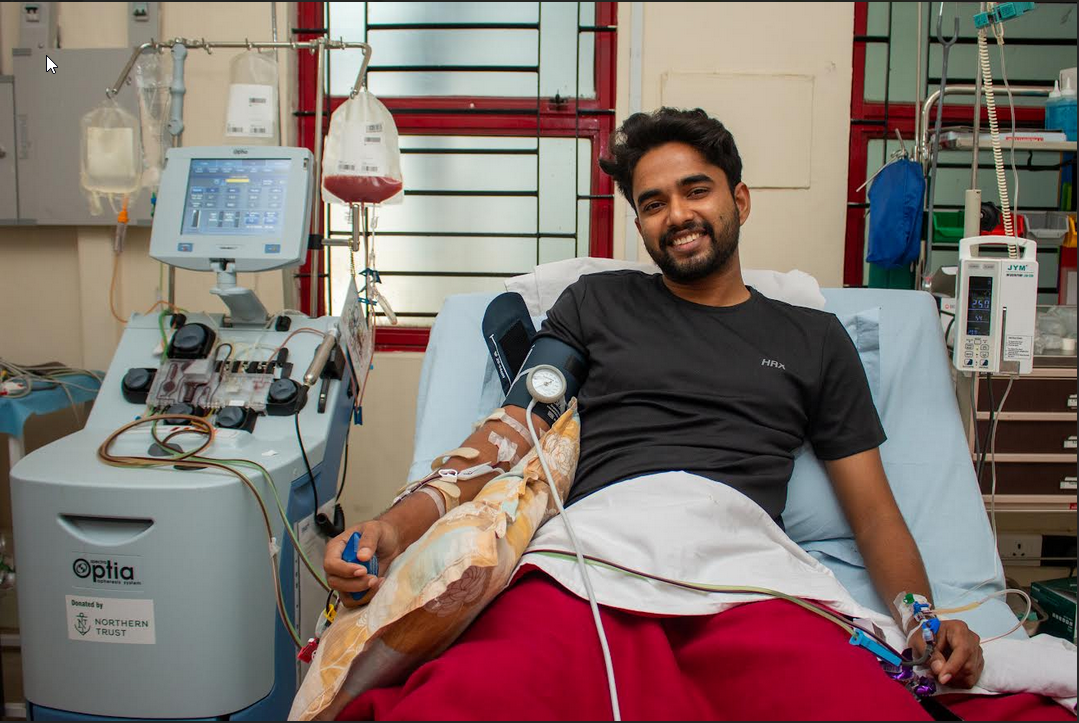For years, Body Mass Index (BMI) has been the gold standard for assessing obesity and its associated health risks, particularly the likelihood of developing cancer. However, recent research conducted by Lund University challenges this long-standing belief. The study suggests that waist circumference may be a far more precise indicator of cancer risk in men than BMI.
This revelation highlights the critical role of fat distribution in determining health risks. While BMI merely provides a number based on height and weight, it fails to account for where fat is stored, a factor that is proving to be far more significant in predicting disease. The research found that excess abdominal fat in men is strongly linked to a higher risk of developing multiple types of cancer, including cancers of the esophagus, bowel, liver, pancreas, gallbladder, and even breast tissue.
The study, which tracked the health records of 339,190 individuals over 14 years, presents alarming insights. Researchers discovered that a mere 4-inch (11 cm) increase in waist circumference in men elevated their risk of cancer by 25%. In comparison, an increase in BMI by 3.7 points (from 24 to 27) led to a 19% increase in risk.
These findings challenge conventional wisdom. BMI, though widely used, has significant limitations:
It does not differentiate between fat and muscle. A muscular individual with low fat may still have a high BMI, leading to misclassification.
It fails to assess fat distribution. Two individuals with the same BMI may have drastically different body compositions, impacting their respective health risks.
It does not account for visceral fat. Unlike subcutaneous fat, which lies just beneath the skin, visceral fat accumulates around vital organs, releasing inflammatory chemicals that contribute to cancer growth.
The study’s findings reinforce the idea that the location of fat is just as critical as its quantity, especially for men.
One of the most fascinating aspects of this research is the difference in how men and women store fat and the impact on their respective cancer risks.
Women tend to have fat more evenly distributed across their bodies, reducing the risk associated with concentrated fat deposits.
Men, on the other hand, store fat predominantly in the abdominal region, placing their vital organs at greater risk.
Abdominal fat behaves differently from fat stored elsewhere. It is metabolically active, releasing inflammatory cytokines and hormones that can trigger cellular mutations and promote tumor growth.
Thus, while BMI might serve as a reasonable measure for both genders, waist size is a far superior indicator of cancer risk in men.
The research provides clear benchmarks for when waist size becomes a significant health threat:
• A waist circumference exceeding 40 inches (102 cm) in men is linked to substantially higher cancer risk.
• A 12 cm (4.7-inch) increase in waist size, coupled with a BMI increase of 4.3 points, results in a 13% higher chance of developing cancer.
These figures illustrate that even modest increases in abdominal fat can have profound health consequences.
Understanding why abdominal fat is particularly harmful requires a closer look at its biological effects. Unlike fat stored in other areas, visceral fat is not merely an inert energy reserve; it is an active player in metabolic and inflammatory processes.
1. Chronic Inflammation: Visceral fat secretes inflammatory molecules known as cytokines, which can cause cellular mutations and DNA damage. Long-term inflammation weakens the immune system, making it harder for the body to detect and destroy abnormal cells.
2. Hormonal Disruptions: Abdominal fat produces excess estrogen in men, a hormone linked to increased cancer risk, particularly in tissues like the breast and liver. It also alters insulin levels, promoting conditions like insulin resistance and metabolic syndrome, both of which have been associated with cancer development.
3. Oxidative Stress: Fat accumulation leads to oxidative stress, damaging cellular structures and increasing vulnerability to tumor growth. This is particularly concerning for cancers of the digestive system and liver, where oxidative damage is a major contributor.
If waist circumference is a more reliable cancer predictor than BMI, the next logical question is How can men effectively manage their waist size to lower their risk?
1. Prioritize Waist Measurements Over Weight Scale Readings: While stepping on a scale can provide an idea of overall body weight, a measuring tape may be a more valuable tool. Regularly tracking waist size ensures early detection of dangerous fat accumulation.
2. Focus on Nutrition: Eliminate Processed Foods: Refined sugars, processed carbohydrates, and trans fats contribute to belly fat accumulation. A high-protein, high-fiber diet helps reduce visceral fat and regulate hormones linked to cancer growth.
3. Engage in Resistance Training and Core Workouts: Strength training helps build muscle, which in turn improves fat metabolism. Core-focused exercises like planks and abdominal presses specifically target visceral fat reduction.
4. Incorporate High-Intensity Cardio Workouts: Activities like running, swimming, and cycling effectively burn deep abdominal fat.: Research suggests that high-intensity interval training (HIIT) is especially effective at reducing visceral fat compared to steady-state cardio.
5. Reduce Alcohol Consumption: Excessive alcohol, particularly beer and sugary cocktails, is strongly linked to belly fat accumulation. Cutting back on alcohol intake lowers the risk of liver cancer and metabolic disorders.
6. Optimize Sleep and Manage Stress: Chronic stress leads to elevated cortisol levels, which stimulate fat storage around the abdomen. Prioritizing quality sleep and engaging in stress-reduction practices like meditation and deep breathing can counteract this effect.
The findings force us to reevaluate our approach to assessing obesity-related health risks. BMI alone is no longer sufficient in predicting cancer susceptibility in men, waist size plays a far more direct and crucial role.
With the evidence pointing toward abdominal fat as a key driver of cancer risk, men must shift their focus toward reducing waist circumference through lifestyle modifications. Maintaining a leaner midsection is not just about aesthetics; it is a proactive step toward long-term health and cancer prevention.
Ultimately, the message is clear: The tape measure may be a more powerful predictor of longevity than the weighing scale.

 With the evidence pointing toward abdominal fat as a key driver of cancer risk, men must shift their focus toward reducing waist circumference through lifestyle modifications.
With the evidence pointing toward abdominal fat as a key driver of cancer risk, men must shift their focus toward reducing waist circumference through lifestyle modifications.










.jpeg)



.jpg)





.jpeg)

.jpg)





.png)

